— Michele
“On your faculty job application, don’t say that you have hearing loss ‘cause, you know… you function just fine.”
Enmeshed within this well-meaning advice to me years ago were layers and layers of ableism about expectations of a successful faculty member and (mis)perceptions of hearing loss and disability. At the time, my naivety about the academic hiring process and my feelings of being an imposter prevented me from offering a counter-narrative to this ableist advice. At the time, I thought:
“I function just fine. I can pass as hearing and be successful.”
Years ago, the well-intentioned job application advice fed my internalized ableism with the message that if I just worked hard enough to pass as hearing, I would be judged as equal to my hearing peers. Now I find that dance tiresome. Experience has taught me a lot about the costs associated with trying to pass as hearing. With the distance of time and the, this is what I would now say to that well-intentioned job application advice.
“You perceive me to be functioning just fine because you don’t notice me bluffing during group conversations or when there is background noise. You don’t hear my loud gasp and sigh when I can finally take off my hearing aids to free my achy ears and I no longer have to exert myself to listen. You aren’t aware of how hard I work to pronounce the sounds that I learned through years of speech therapy and the anxiety that I carry about the elocution of my voice. You don’t see the fatigue that accrues from days with many meetings. You don’t know how I carefully manage my days to allow for listening breaks and to avoid more than 3 hours of intense listening per day. “
The expectation that disabled people are only successful when they can pass as abled is one form of ableism. This thinking leads to expectations that disabled people who are successful are those who don’t need ‘special’ considerations or accommodations. These misperceptions about disability are particularly rampant within STEM (science, technology, engineering and mathematics) fields such as my own.
A study by Atchison and Libarkin (2016) analyzed the perceptions of abled scientists about disability. They asked geoscience professionals if they thought that folks with various disabilities (hearing, moderate physical, severe mobility, learning and visual ) could succeed in geoscience careers. About 75% of respondents thought that a career in geosciences was viable for deaf/HoH people. That means that 1 in 4 people on a hiring committee probably don’t think that I can do my job. Atchinson and Libarkin (2016) also asked about specific tasks. Apparently, only ~40% of the survey respondents thought that deaf/HoH faculty can teach effectively. That means that 2 out of 5 faculty hiring committee members think that I can’t teach. While these results are sobering, the findings for geoscience career viability for folks with low vision and mobility impairments were far, far worse that the perceptions for deaf/HoH folks. These ableists views about the success of disabled folks in STEM pervade how we teach students, how we judge graduate school applications and the advice that we give job seekers.

It has been several decades since I was given the advice not to disclose my hearing loss on a job application and since that time I was hired, gained tenure and promotion to full Professor. My research group, supported by federal external grants, has gotten the opportunity to investigate some really cool questions about the evolution of faults in the Earth’s crust and to collaborate with amazing researchers around the world. As a disabled person, I value the interdependence of research collaborations – we each have our strengths and fill in for each other when needed. The predominantly hearing students in my courses report enjoying those courses and appreciating my inclusive teaching style. Students engage with course material via multiple modes, and many aspects of my courses are malleable so that we can adjust to the needs of folks. By designing courses that would work better for me as a former disabled college student, I’ve developed courses that work better for a lot of other folks as well.
I function just fine as a faculty member because of (not in spite of) my disability.
Our potential for success as deaf/HoH faculty members should not be measured by our ability to pass as hearing. While this strategy might protect a few of us from the bias of gatekeepers, a more impactful path is for the perceptions of disabled deaf/HoH academics to change. By shifting general perceptions of what success looks like for disabled academics, we can start to create more diverse and inclusive learning and research communities.
References
Atchison, C.L. and Libarkin, J.C., 2016. Professionally held perceptions about the accessibility of the geosciences. Geosphere, 12(4), pp.1154-1165. https://doi.org/10.1130/GES01264.1

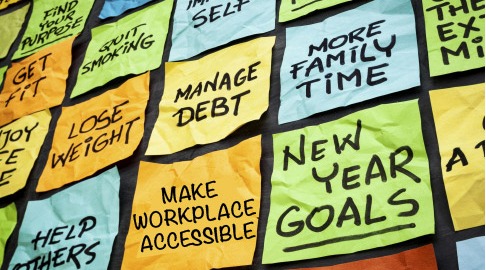


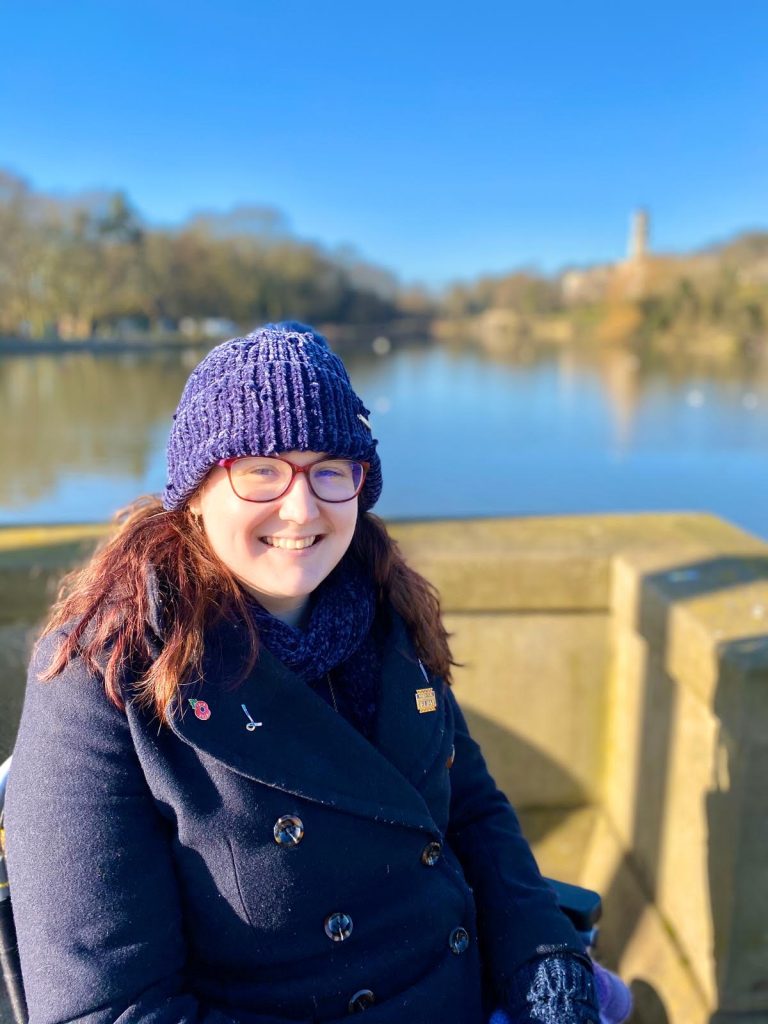


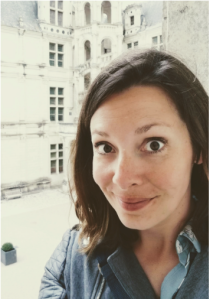

 It turns out that my fancy new Garmin watch that tells me to “MOVE” every hour also detects my stress level. This image at left is from a day at a conference. All I did that day was sit in one room listening to talks with occasional breaks for coffee and meals. My heart rate stayed elevated all day due to the work of following the conversation and the anxiety of constantly deciding whether I should ask for clarification on something I may have missed or just let it go. When even my watch is telling me ‘enough is enough’ or more specifically “You’ve had very few restful moments on this day. Remember to slow down and relax to keep yourself going”, it might be time to figure out how much listening is too much
It turns out that my fancy new Garmin watch that tells me to “MOVE” every hour also detects my stress level. This image at left is from a day at a conference. All I did that day was sit in one room listening to talks with occasional breaks for coffee and meals. My heart rate stayed elevated all day due to the work of following the conversation and the anxiety of constantly deciding whether I should ask for clarification on something I may have missed or just let it go. When even my watch is telling me ‘enough is enough’ or more specifically “You’ve had very few restful moments on this day. Remember to slow down and relax to keep yourself going”, it might be time to figure out how much listening is too much
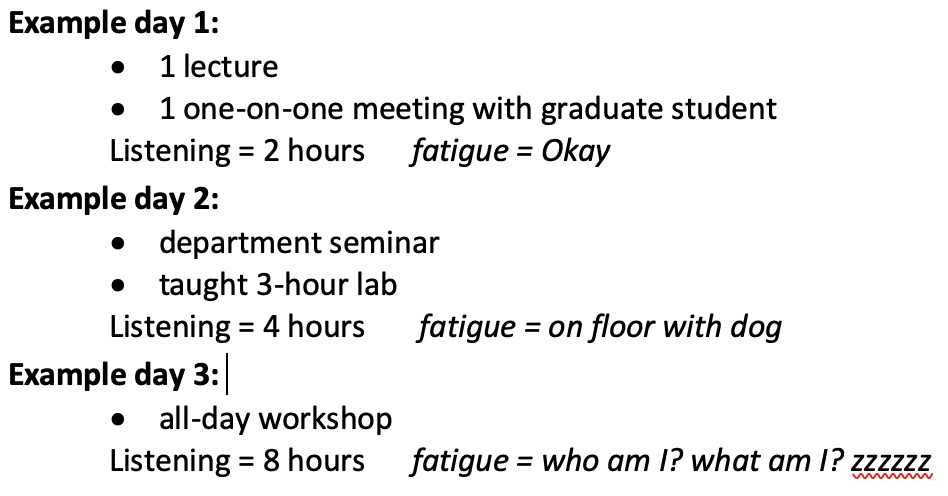


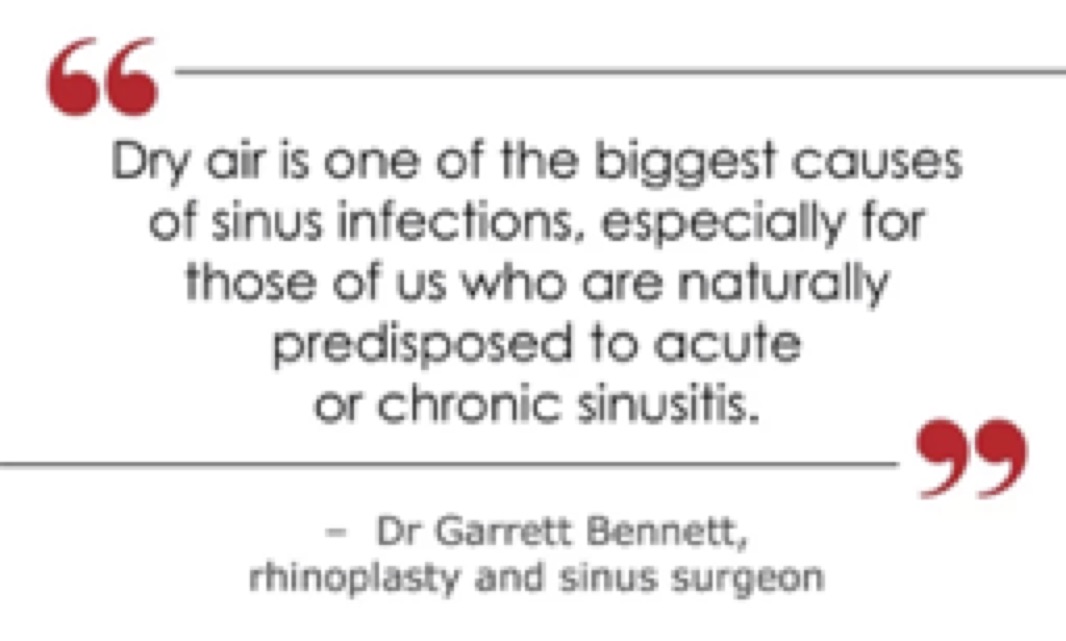
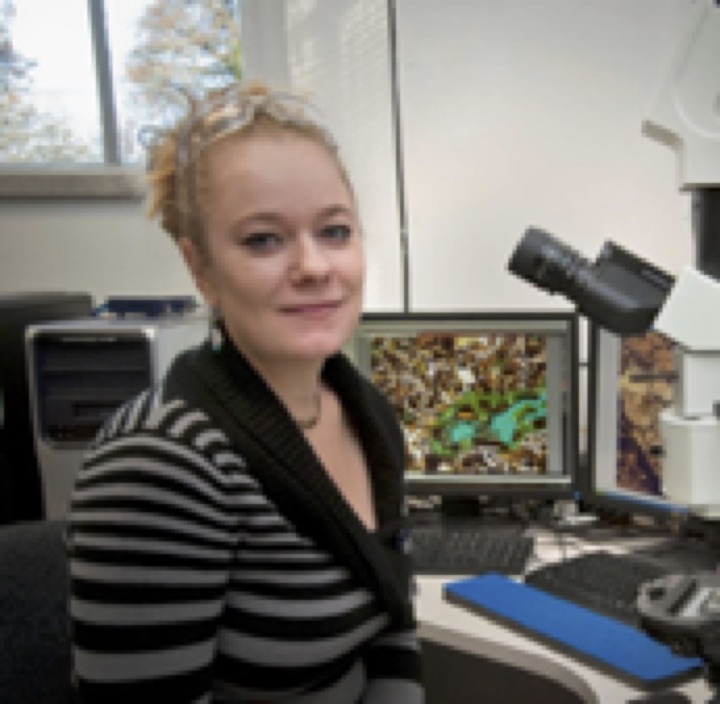


 are matched in the vocabulary database to form words. The CART transcriptionist will modify the results as they go to ensure quality product. While some CART transcriptionists work in person (same room as the speakers), others work remotely by using a microphone system to listen to the speakers. Without a doubt, in-person CART provides way better captioning quality than remote CART. In addition to better acoustics, the in-person service can better highlight when the speaker has changed and transcriptionists can more easily ask for clarification when they haven’t understood a statement. As a cheaper alternative to CART, schools and universities sometimes use
are matched in the vocabulary database to form words. The CART transcriptionist will modify the results as they go to ensure quality product. While some CART transcriptionists work in person (same room as the speakers), others work remotely by using a microphone system to listen to the speakers. Without a doubt, in-person CART provides way better captioning quality than remote CART. In addition to better acoustics, the in-person service can better highlight when the speaker has changed and transcriptionists can more easily ask for clarification when they haven’t understood a statement. As a cheaper alternative to CART, schools and universities sometimes use 
 machine learning of these systems. One of the best features is that the lag between the spoken word and text is very short. I speak quickly and the caption is able to keep up with me. Before you start singing hallelujah, keep in mind that it is not perfect. Real-time auto captioning cannot match the accuracy of captioning or CART for transcribing technical words. Keep in mind that while it might get many of the words, if the captions miss one or two technical words in a sentence, then deaf/HoH still miss out. Nevertheless, many audience members will benefit, even with these missing words. So, we encourage all presenters to use real-time auto caption for every presentation. However, if a deaf/HoH person requests CART, real-time auto caption, even it is pretty darn good, should never be offered as a cheaper substitution. Their accommodation requests should be honored.
machine learning of these systems. One of the best features is that the lag between the spoken word and text is very short. I speak quickly and the caption is able to keep up with me. Before you start singing hallelujah, keep in mind that it is not perfect. Real-time auto captioning cannot match the accuracy of captioning or CART for transcribing technical words. Keep in mind that while it might get many of the words, if the captions miss one or two technical words in a sentence, then deaf/HoH still miss out. Nevertheless, many audience members will benefit, even with these missing words. So, we encourage all presenters to use real-time auto caption for every presentation. However, if a deaf/HoH person requests CART, real-time auto caption, even it is pretty darn good, should never be offered as a cheaper substitution. Their accommodation requests should be honored.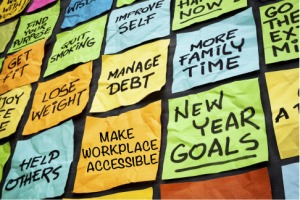 The new year brings a fresh start to our lives; it’s a natural time to reflect on the year past and make plans for the coming year. For your new year, why not work towards making your academic workplace more accessible for your deaf/HoH colleagues? To help in this effort, we’ve assembled a list of guidelines that might improve your workplace’s inclusivity.
The new year brings a fresh start to our lives; it’s a natural time to reflect on the year past and make plans for the coming year. For your new year, why not work towards making your academic workplace more accessible for your deaf/HoH colleagues? To help in this effort, we’ve assembled a list of guidelines that might improve your workplace’s inclusivity. lants with telecoil functionality to access amplified sound directly
lants with telecoil functionality to access amplified sound directly